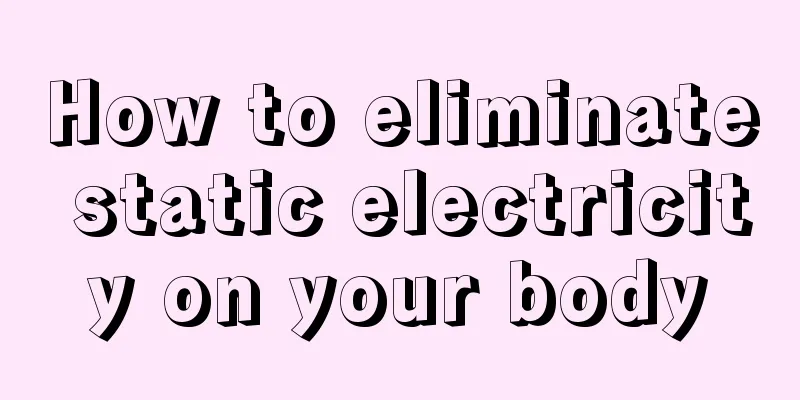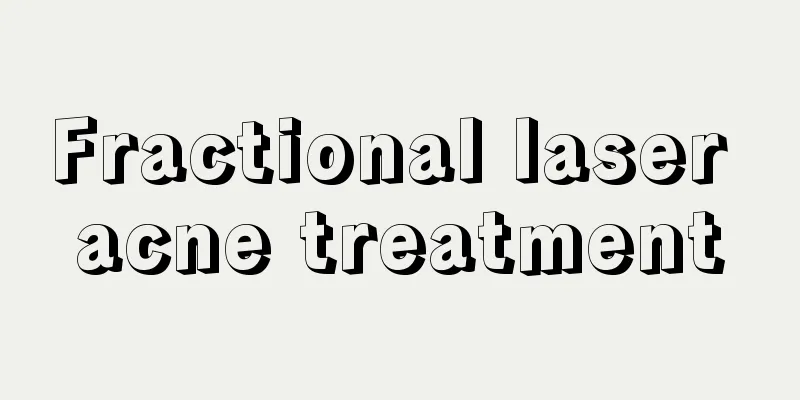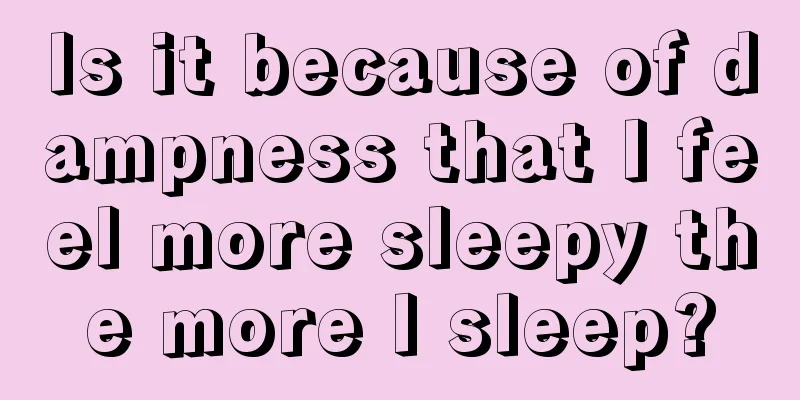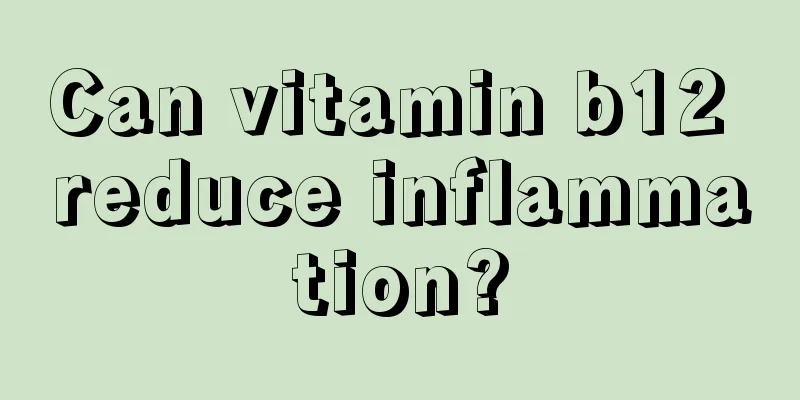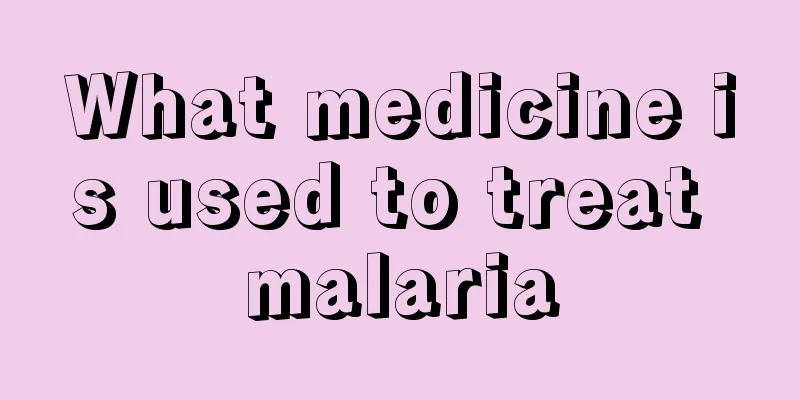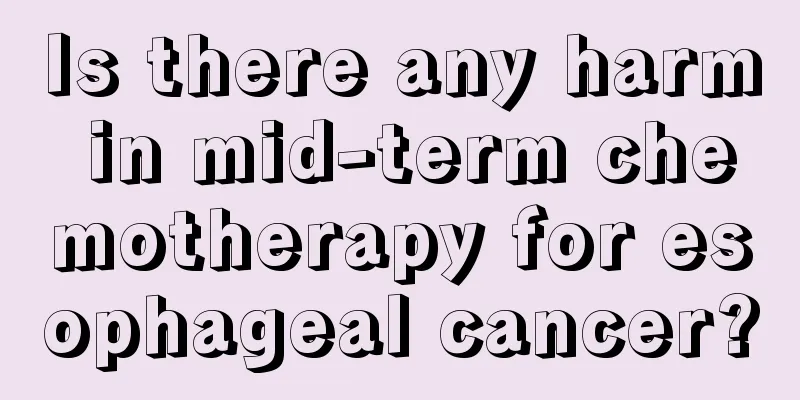What are the treatments for cerebral infarction?

|
Cerebral infarction is a common disease in the elderly. Severe cases of cerebral infarction can induce direct death of the patient. Mild cases can cause paralysis and loss of mobility. Therefore, cerebral infarction can be said to be the biggest health threat to the elderly. The treatment of cerebral infarction is relatively difficult and often requires surgical treatment. The later recovery process is slow, thus causing great inconvenience to the patient's life. Let’s take a look at the treatment methods for cerebral infarction. 1. Treatment principles: To improve blood circulation in the cerebral ischemic area and promote recovery of neurological function as soon as possible. During the acute phase, patients should rest in bed as much as possible, strengthen care of the skin, oral cavity, respiratory tract, and urination and defecation, and pay attention to the balance of water and electrolytes. If the patient is still unable to eat on his own 48 to 72 hours after onset, he should be given nasogastric liquid diet to ensure nutritional supply. 2. Nursing: The patient's daily care, diet, and treatment of other complications should be given priority. Since some patients with cerebral infarction cannot take care of themselves in the acute phase and even have difficulty swallowing, if they are not given proper nutrition, energy metabolism problems will quickly arise. At this time, even if the treatment medication is good, it is difficult to achieve good treatment results. 3. Drug treatment may restore blood perfusion in the infarcted area and reduce neuronal damage. ① Drug thrombolysis: Commonly used are urokinase (UK): alteplase (recombinant tissue-type plasminogen activator); intravenous thrombolysis with streptokinase (SK) is not recommended because it can easily cause bleeding. ② Arterial thrombolytic therapy: As an emergency treatment for stroke, super-selective interventional arterial thrombolysis can be performed under direct vision of DSA. Arterial thrombolysis with urokinase combined with low-dose intravenous heparin may be beneficial for patients with stroke in the middle cerebral artery distribution who have symptoms 3 to 6/h. |
<<: Can leukoplakia be cured? How to treat it
>>: What are the tests for atherosclerosis
Recommend
What causes shoulder and back pain
In a busy life, many people are prone to shoulder...
What are the dangers of testicular cancer in men
What are the dangers of testicular cancer in men?...
Let me tell you about the complications of esophageal cancer
There are many complications in the late stage of...
What to eat to strengthen immunity_What to eat to strengthen immunity
We often hear that many children have low immunit...
Can I take protein powder if I have advanced brain cancer?
Patients with advanced brain cancer mainly eat li...
How to defrost a refrigerator
Refrigerators are household appliances commonly u...
What harm does repeated stone crushing do to the body
Stones are a problem that troubles many people. C...
What are the dangers of private ultrasonic knife
For some beauty institutions, the principle of pr...
What are the dangers of washing your face with citric acid
Everyone knows that lemons can beautify the skin,...
How long does it take for gastritis to turn into gastric cancer
Whether a gastritis patient will develop cancer d...
Tips to quickly relieve panic
There are many reasons for palpitations, some are...
What is the usage of compound Sophora flavescens lotion
Compound Sophora flavescens lotion is a very prof...
What causes brain cancer?
The causes of brain tumors are not very clear. Mo...
What are the treatments for breast hyperplasia? Take timely treatment measures
Breast hyperplasia is the most common breast dise...
Quick method to open the cervix for induction of labor
During the process of induced labor, women need t...

